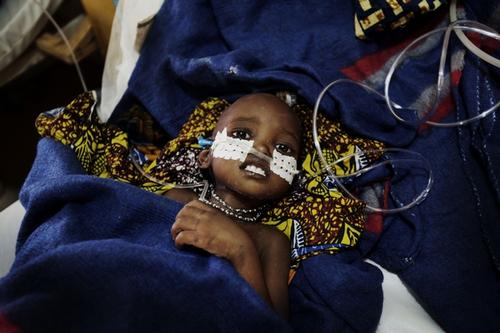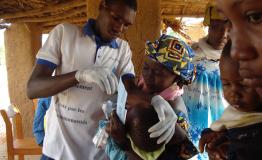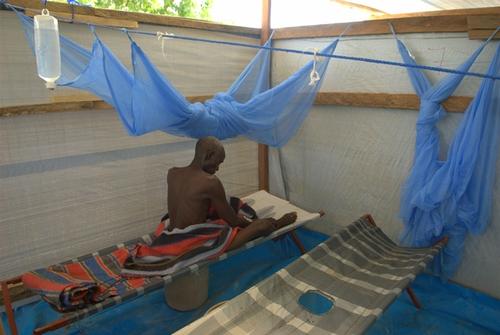Diseases must be tackled together in order to pre-empt another crisis.
In the Sahel region, life is governed by the seasons. A short but intense rainy season lasts from May to September, followed by a long dry season from October to April. People rely heavily on crops grown during the rainy season. Typically there is a long lean period between harvests, known as the ’hunger gap’, when people live on their dwindling food supplies as they wait for the next harvest.
Years are ‘good’ or ‘bad’ depending on the specific climatic conditions and the resulting volume of the harvest. However, malnutrition is endemic in some areas of the region and, even in a ’good’ year, during the hunger gap, acute malnutrition often rises above the alert threshold of 10 percent in children under five, with frequent peaks reaching or even surpassing the 15 percent emergency threshold.
In Niger, this recurring situation reached crisis levels in 2005, generating a major emergency response by national and international organisations. The government of Niger responded by adopting a novel protocol for the treatment of malnutrition, involving a home based model of care and a new product known as ready-to-use therapeutic food. The therapeutic food could be fed to a child at home by its mother, so freeing up hospital beds and medical staff, and allowing the treatment to be decentralised into the community. By moving away from the previous hospital-based model of care, the treatment of children with severe acute malnutrition (SAM) could now take place on a massive scale. This system, set up during the emergency response, has since been implemented throughout the country.





